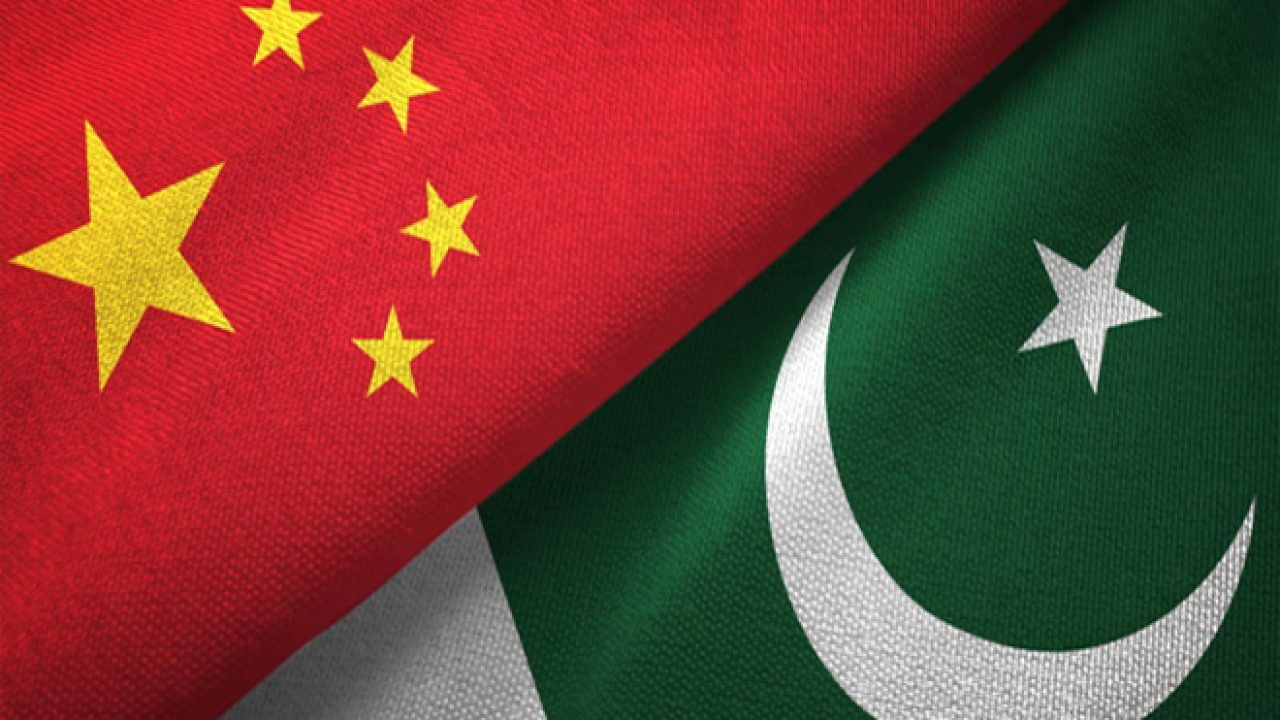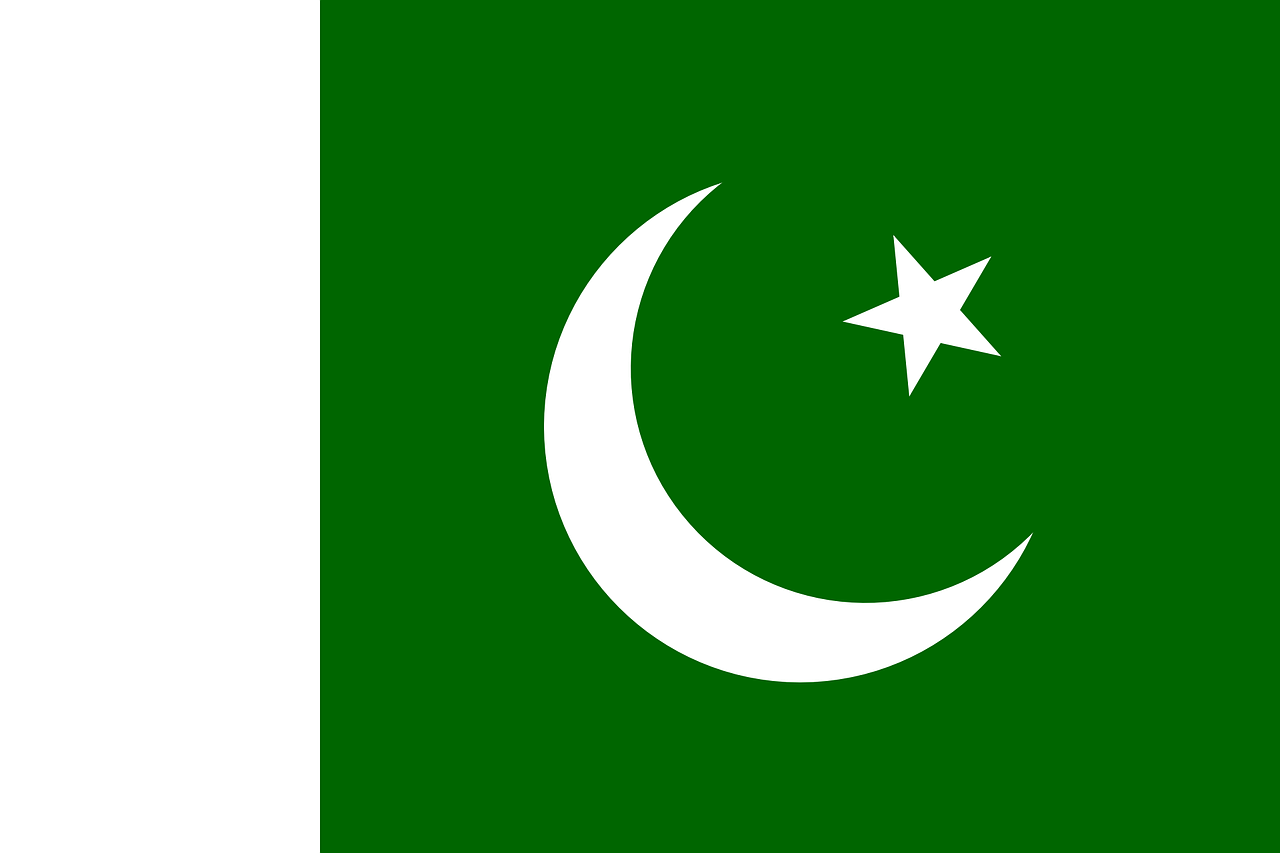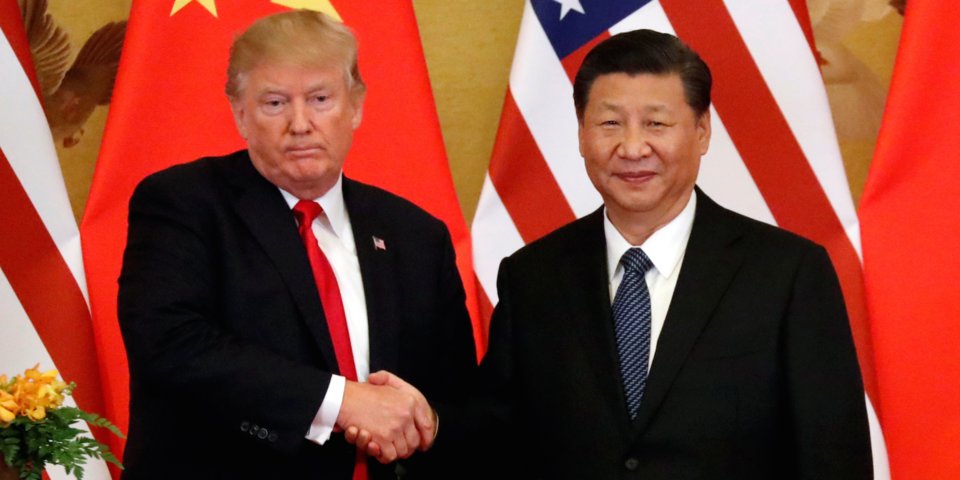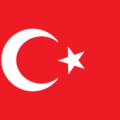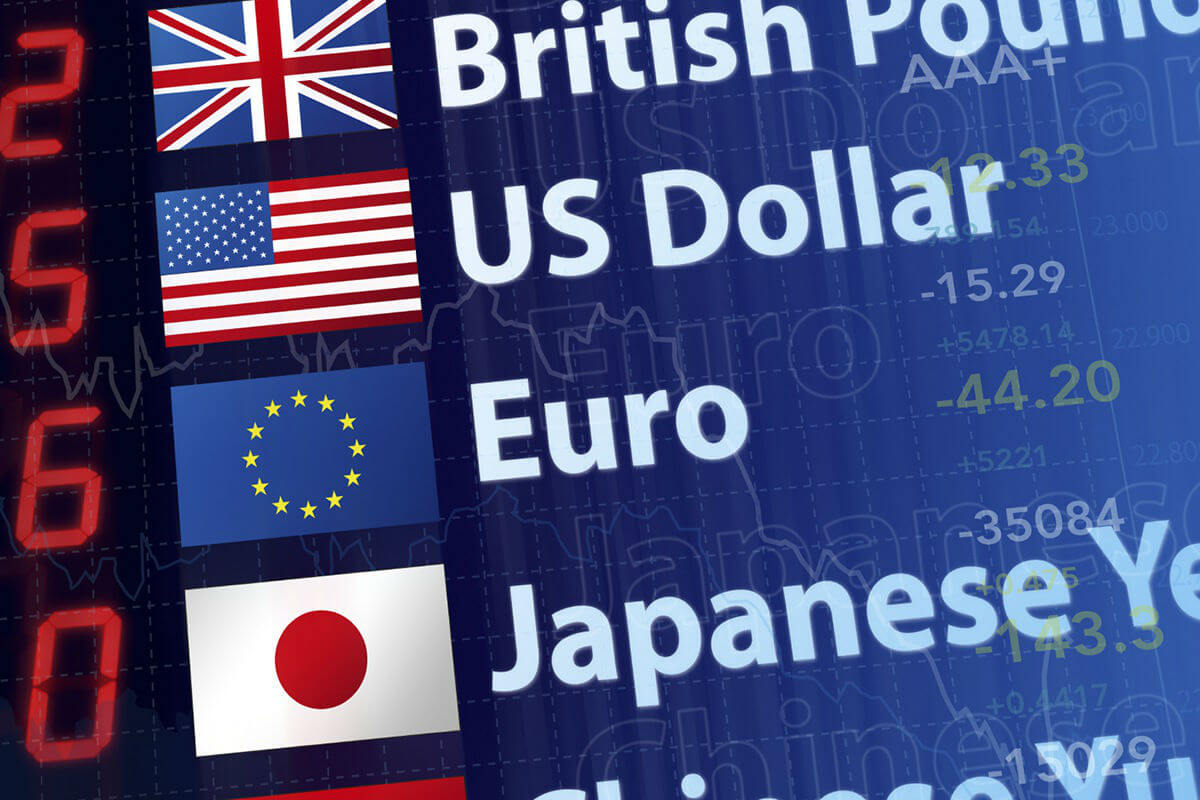Pakistan – Trade Deficit Increased

Pakistan’s trade deficit increased to $2.68 billion which is around a 32 percent decrease. Last year the deficit was around $2.032 billion said the Pakistan Bureau of Statistics.
Pakistan has been on the rise of imports since September 2020. But the exports seem to be decreasing with the decreasing economic conditions in Pakistan. The increasing demand for imports is likely to cause pressure on the foreign traders.
Reportedly, the trend of imports is likely to be increased in the coming future. This shall because of the ending the regulatory duty which was previous imposed on importing of unfinished or semi-finished goods.
During the period of July to December last year, the trade deficit was $11.671 billion. The deficit, however, for the same period increased this year by approximately 6.44% bringing it to $12.423 billion.
The trade deficit in the financial year 2019 to 2020 reduced from $31.82 billion to $23.099 billion.
The import bill, in December, was raised by 25.25 percent to an amount of $5.035 billion. This was a huge raise in comparison with $4.02 billion in the same month the previous year. The import shave never been this high since June 2018. However, if considering on a monthly basis the imports increased by 16.7 percent in December as against November.
Bills for increasing imports keep coming but no word has come from the Ministry of Commerce regarding these high import bills.
The Pakistani Premier again took to Twitter to address this concern of trades. Imran Khan said that he received regional export trends from Ministry and it showed that India Bangladesh had negative growth. However, a recent report from the Indian Steel industry showed the highest production and export figures to date.
PM Imran Khan congratulated the exporters and Ministry on achieving the claimed export figures. The Premier claims Pakistan’s export growth rate to be at 18.3 percent compared to India’s -0.8 percent.
No doubt 2020 had a great start for exports with 8.19 percent compared to the previous year. However, the exports went down a slippery slope in the last quarter of 2020.
Export of non-traditional products have increased like ethyl alcohol up by 128.6%, women’s garments 37.8%, cigarettes and tobaccos 212.2%. Similarly, growth was also observed in exports of rice and fruit vegetable by 15.5% and 13.4% respectively.
However, a decrease in export of the biggest export of Pakistan was observed. The exports for the following decreased as, for cotton 93.3%, dry fruits and nuts 78.5%, cement 8.5%, maize 61.2% and leather 8.5%.
The government had given subsidies to the export sector in the form of low taxes and duties. The government also gave relaxation in gas and electricity bills by imposing lower rates.
However, the cloth industry has been prospering and an increasing number of international orders had been observed.
In the meantime, Dr.MoeedYousaf special assistant to PM briefed the committee on economic outreach at Islamabad. He said extensive mapping with consultation of relevant ministries had been carried out to assess the potential of goods and services.



